Welcome to another exciting edition of TotalBoat's Customer Spotlight! In these articles we shine a spotlight on talented artisans and craftsmen who harness the power of TotalBoat products to bring their creative visions to life.
This month's feature we are thrilled to introduce you to the incredible world of Brittney Carbone, a visionary artist whose work can be found at brittneycarboneart.com. With a passion for marine-inspired artistry, and a deep appreciation for the endless capabilities of epoxy, Brittney has carved her own niche in the world of art. Join us as we delve into her captivating artistry, and explore her creative process.

Could you please introduce yourself and provide a brief overview of your background as a maker? What initially inspired you to start creating and making things?
I’m Brittney Carbone, a mixed media artist. I haven’t always worked with epoxy, in fact, it's only been the past few years that I’ve worked with it. It’s kind of funny to think of how much I work with it now, when my background is significantly surrounded in drawing, painting, and collage of mixed materials. I’ve always been drawn to the arts, ever since I was little. I was fortunate enough to be supported by my parents to pursue the arts in college. I ended up double majoring in Painting/Two-Dimensional Studies and Art Education from the University of Massachusetts Dartmouth. I’ve been fortunate to do what I love as a career. Since 2014, I’ve worked in the Greater Boston area as a middle school art teacher. As a Woburn native, it is quite special that I get to work in a neighboring town to where I grew up. After about three years of teaching, I pursued my masters, and received a Master of Art Education from Boston University. I completed an arts based research project for my thesis, which is a hybrid of research through reading scholarly literature and the process of art making.
After completing my masters, I yearned for something more. I made plenty of artwork with my students but it wasn’t until my thesis work that I realized how much I missed being an artist and creating work for myself. I knew if I just made work with the traditional art forms that I’ve always used, I most likely wouldn’t stick with it. So I decided to learn something new. I started out with acrylic pouring, and as I practiced and researched this medium, I came across epoxy. I was fascinated by how realistic an ocean pour actually looks like foamy ocean waves. As a predominately two-dimensional artist, I saw how epoxy has the capability beyond what I could create with paint and collage on a flat surface. It amazed me how a liquid form could be manipulated and set into a permanence that could capture more than I’ve been able to do through traditional art forms.

Can you share a specific project or creation that you're particularly proud of? Were there any challenges or obstacles you've encountered during this project? How did you overcome it?
I was commissioned to create a 36x48” topographical painting of St. Croix. I’ve made these types of “paintings” before, and this would be the largest epoxy painting I’ve ever created thus far. And to create it as a commission is such an honor as an artist. I knew this project would push me as an artist, but I did not know to what extent. The size alone was lots of work to paint and sculpt, but it wasn’t until I came to the epoxy pour, when the real challenge came into play. I had to attempt to pour three different times to get it right. When pouring epoxy, it is important to consider the quantity needed based on the surface area and the working time it allows. Since I was working on such a large scale for the first time, I was unfamiliar with how slow I was working relative to the size of the surface.
The first time I poured I made the epoxy too light in comparison to the surface painting, and I knew that if I worked on top of it, it wouldn't have solved the problem, so I had to scrape the whole thing off. My second attempt at pouring, I realized that I didn't pour enough epoxy and because it was too thin, I couldn’t move the epoxy around with the heat gun successfully. Also, because of the scale, it started to become tacky before I was even finished working around the entire panel, so the waves did not come out as I usually make them, which was incredibly upsetting.
So how I went about solving this problem is I asked several other makers what they would do in my shoes. I showed them what I had so far and I asked him how they would approach it because I knew that I only had one shot left. Before I poured, I planned out every possible scenario that could have gone wrong and what I would do in that moment. I learned a lot from this project, and it really pushed me as an artist and maker, but most importantly, I was incredibly grateful to have support from the maker community.

How do you balance your creative pursuits with other aspects of your life? Do you have any tips for maintaining a productive and fulfilling creative practice?
The balance of my creative pursuits versus my full time teaching job versus everything else, is in constant ebb and flow. And I believe it will always be that way, because these different aspects won’t always be the same. There will be times I have several commissions to attend to, an artist market, or a passion project that I have my heart set on. And I won’t always be able to do as much work as I’d like to each day. But I think the biggest thing that I can control is consistency. Which, in itself, is quite hard. I try to do this by going to my studio immediately after work, everyday. There are days when I can only be there an hour, and days I stay until 10 o’clock at night. And of course there are days I can’t get there at all. But you still think about your work. And your life outside the studio provides the inspiration AND motivation you need to create your work. I believe if I make a dedication to my work each day, no matter the amount of time, it makes a difference. It feels good to say that I “made it there today”, at my studio. Doing your best each day will look different, depending on energy levels, family time, work, friends, events, etc. It’s very easy to get away from the things we love to do, but don’t have to do. So, how I try to maintain that relationship with my work, is to try to show up for it each day.
   
|
Can you share some advice or words of wisdom for aspiring makers who are just starting their creative journeys?
My advice to any aspiring makers who are just starting their creative journeys would be that they are not alone in their thoughts about their work. Every single artist, no matter how “good” they are, is self critical. They think it is not good enough, or even that they are not good enough. I see it in my middle school classroom, as well as from well-renowned makers/artists who are quite successful. Some artists have a hard time claiming that they are even an artist, I speak from personal experience. It’s important to share your work with trusted peers, ones that will provide meaningful feedback and “get” art, in order to share with you how irrationally harsh the critiques are that you give yourself, or ways to improve, or just how awesome you are.
I think most beginning makers have trouble feeling okay with sharing their work. That imposter syndrome really gets to you…who am I to share what I made? Who cares? I don’t even know if it is good. Well, you know what? When you put your work out there for the world to see, not only are you providing ways to connect with other people and makers, you are also inspiring and encouraging others to create. You probably will never know the extent of the impact you have on others, but, if you share enough, one day, someone will message you, and tell you how you’ve given them courage, inspired, or motivated them to create and make. Because, creativity is a shared experience among all people. Most of us don’t believe we have it, especially when others do it so well and confidently show it. But, for all you know, they were actually terrified to share, but did it anyway. And I think most people are hesitant in doing so. The beautiful thing about creating is that it is connecting. It will connect you to others in more ways than you’d believe to know.

Be sure to give Brittney a follow if you're social!
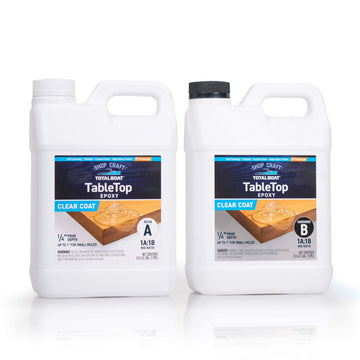
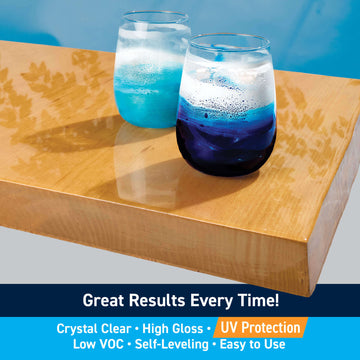
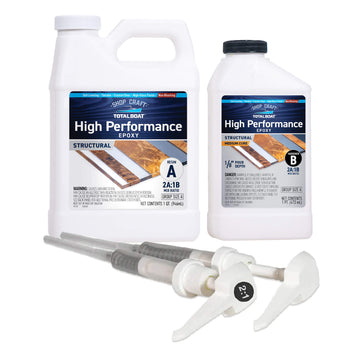
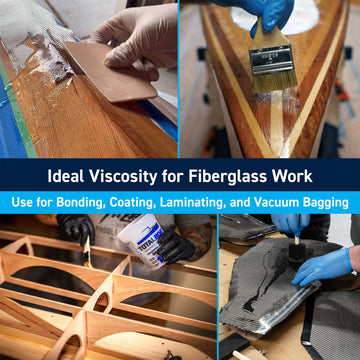
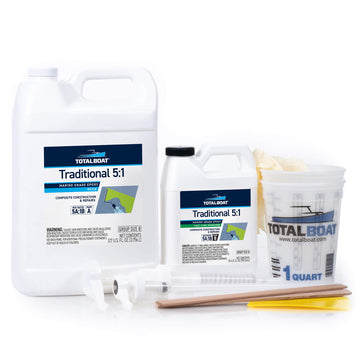
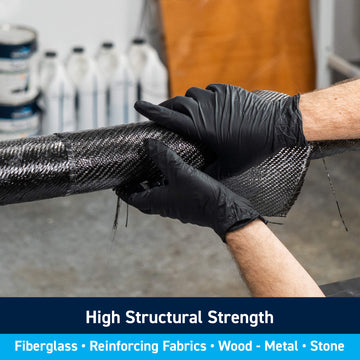
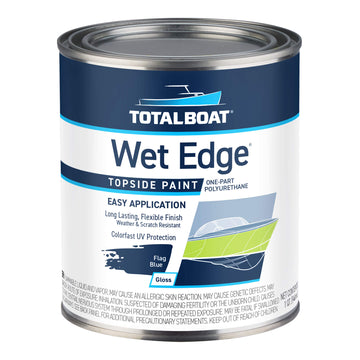
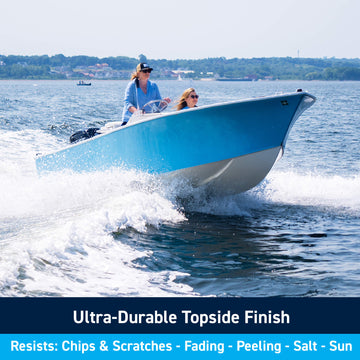
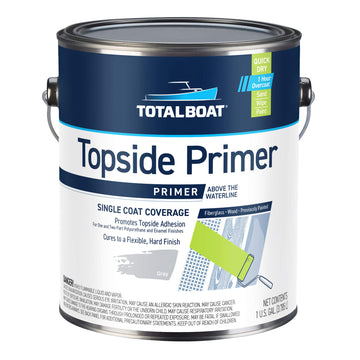
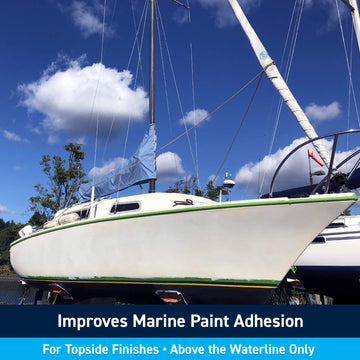
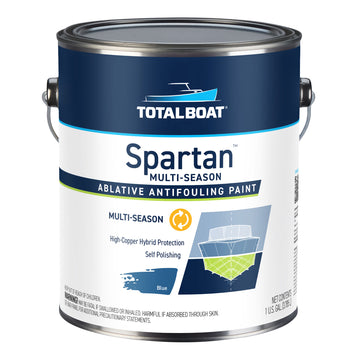
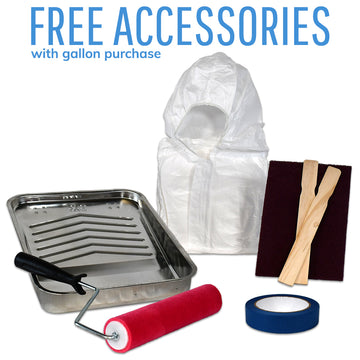
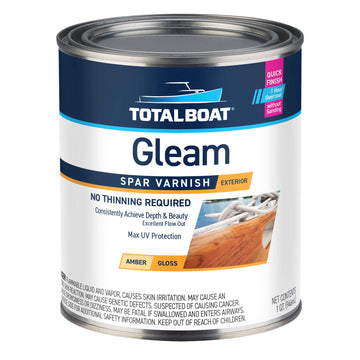
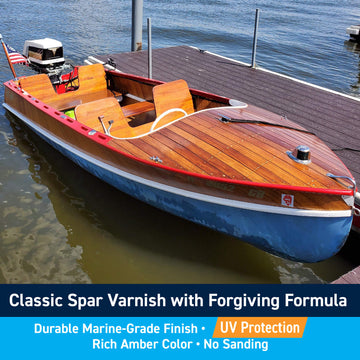
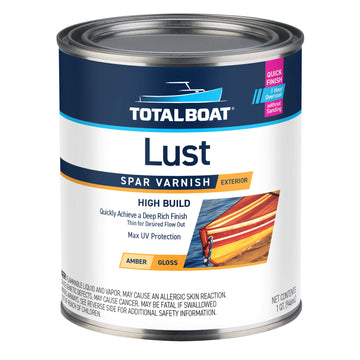
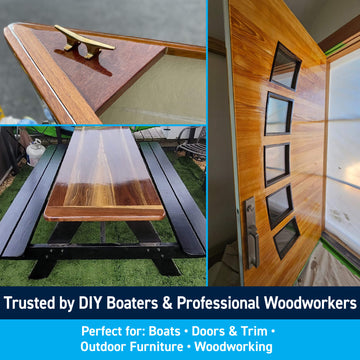
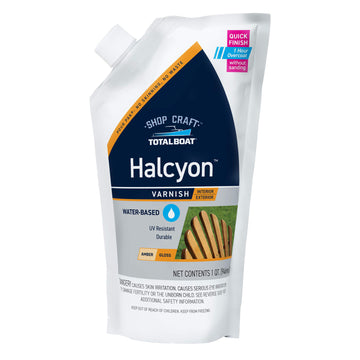
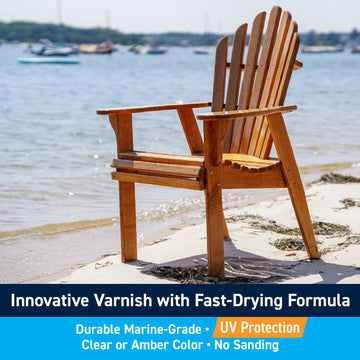




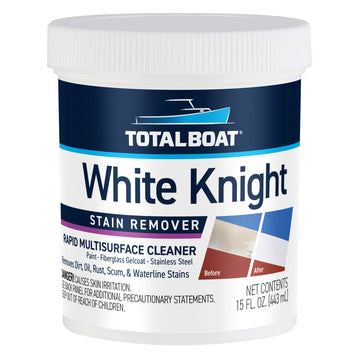
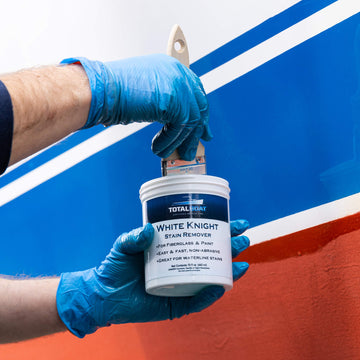


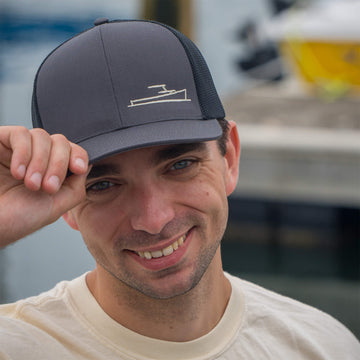
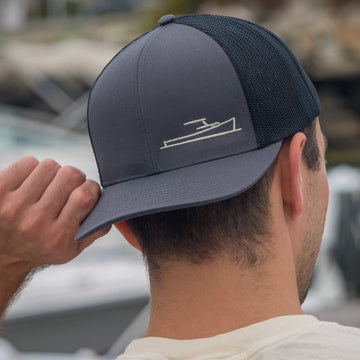
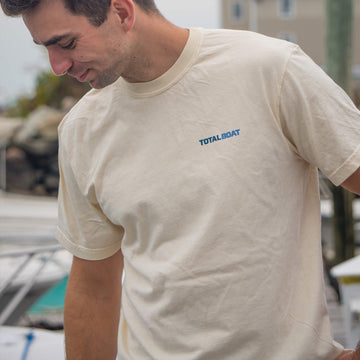
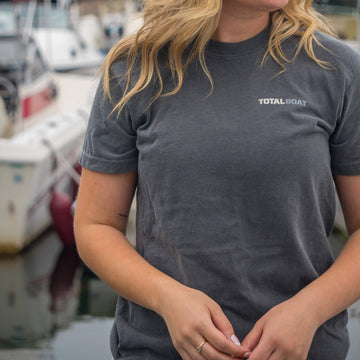
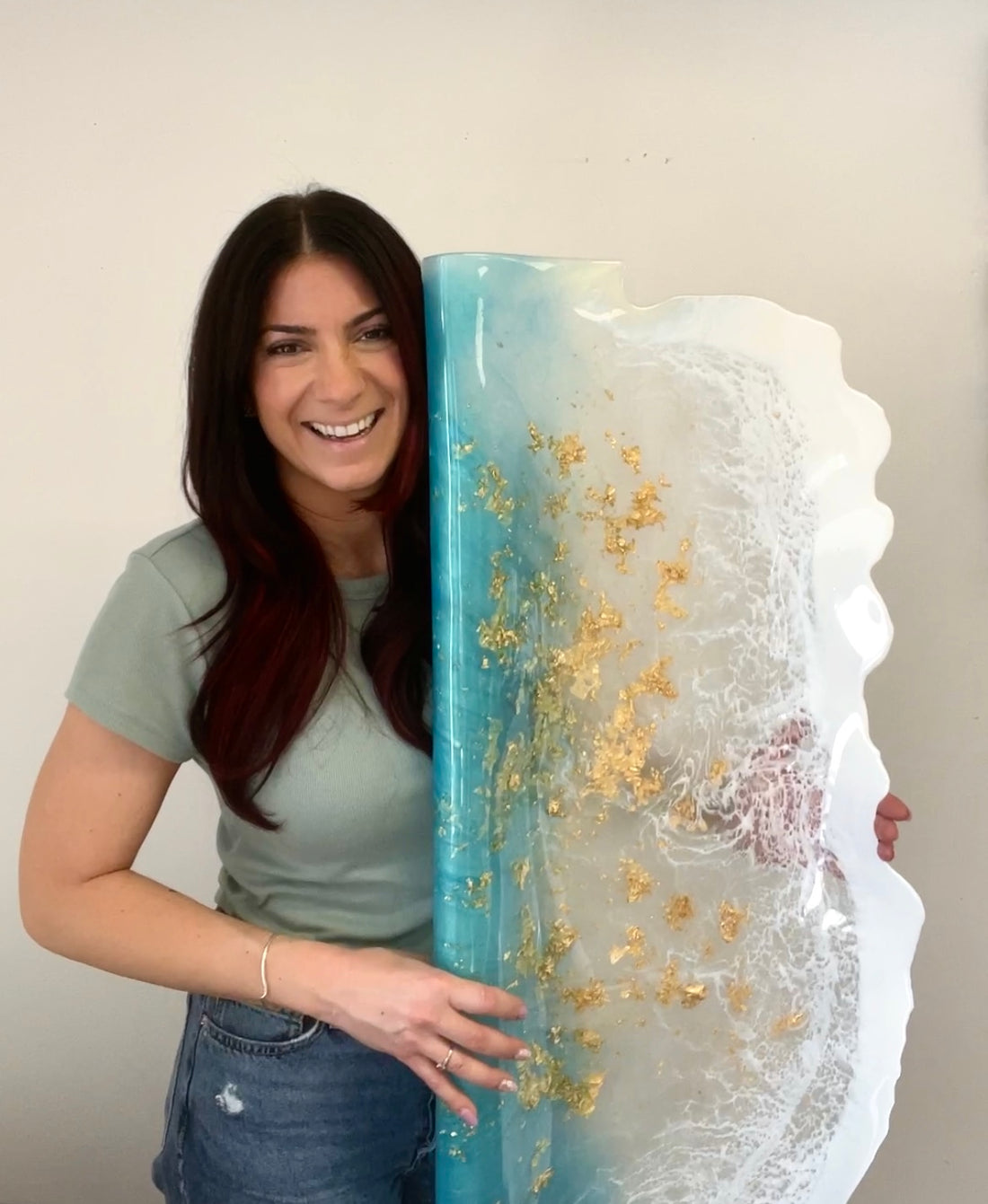

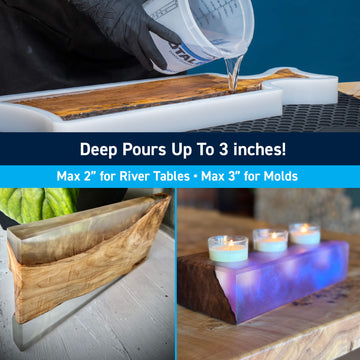
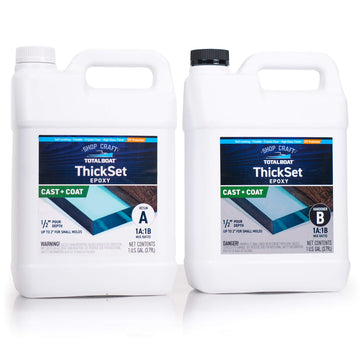
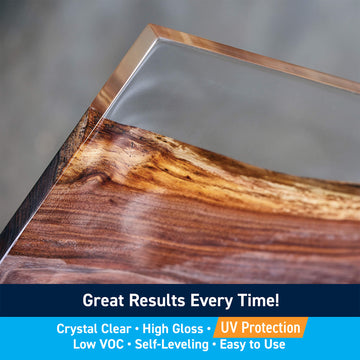
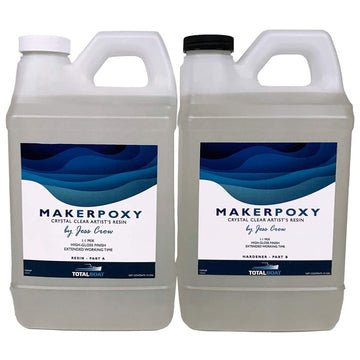
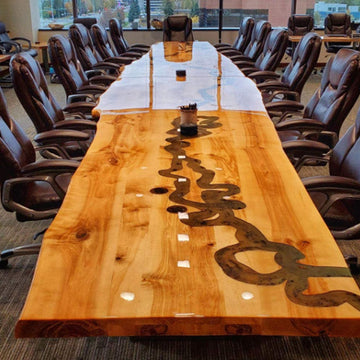
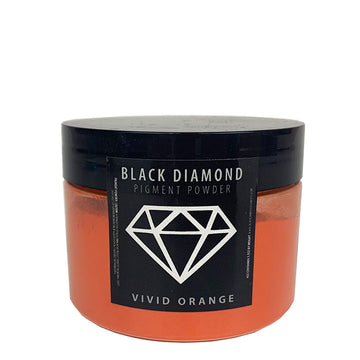
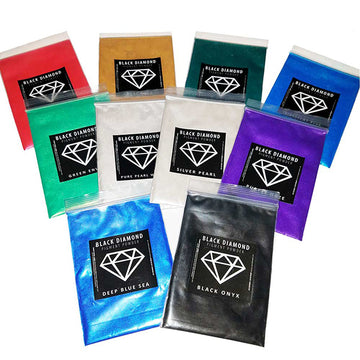


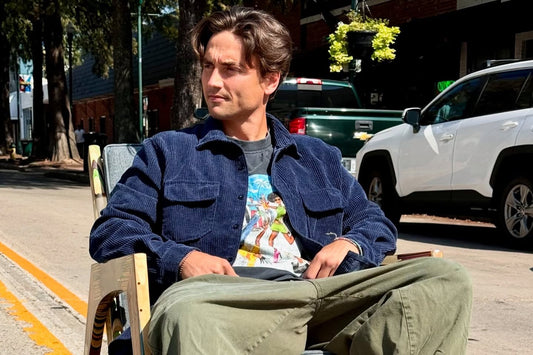
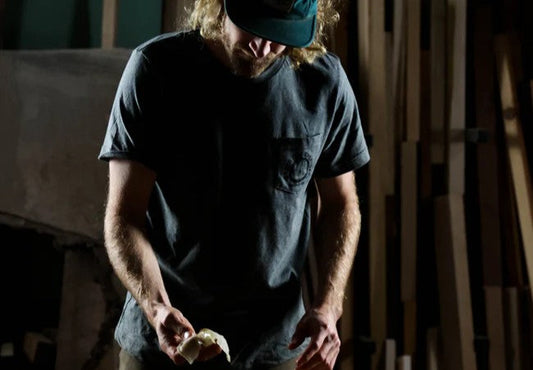
1 comment
where do you recommend a beginner introduce and sell their products?
thank you